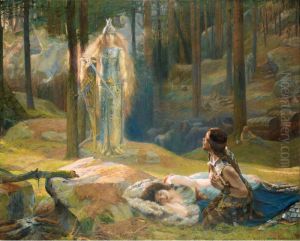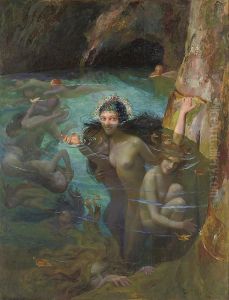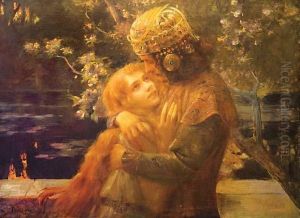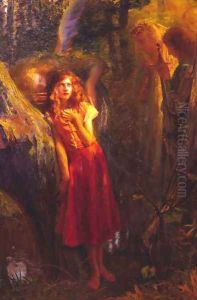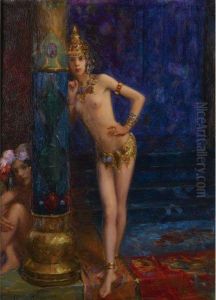Gaston Bussiere Paintings
Gaston Bussière was a renowned French Symbolist painter, born on April 24, 1862, in Cuisery, Saône-et-Loire, France. He showed a strong inclination towards the arts at a young age and pursued his passion by studying at the École Nationale Supérieure des Beaux-Arts in Paris, where he was a student of Alexandre Cabanel.
Bussière's work is characterized by its dreamlike quality, often featuring mythological and allegorical subjects. He was influenced by the Symbolist movement, which sought to express ideas and emotions through powerful symbols and images rather than direct representation. His paintings are known for their rich colors, intricate details, and ethereal atmospheres.
Throughout his career, Bussière produced illustrations for various literary works, including those by Gustave Flaubert and Honoré de Balzac. Perhaps one of his most notable contributions was his illustration for Richard Wagner's operas, which reflects his interest in Germanic myths and legends. His work in this area helped popularize Wagner's music in France and contributed to the Symbolist movement's fascination with the composer's themes.
Bussière was also a part of the Salon de la Rose+Croix, an artistic collective founded by Joséphin Péladan, which focused on mystical and esoteric themes. The group held annual exhibitions in Paris from 1892 to 1897, where Bussière and other artists showcased their Symbolist works.
As an artist, Bussière was somewhat overshadowed by more prominent figures of the Symbolist movement, such as Gustave Moreau and Odilon Redon. However, his work was appreciated for its visionary qualities and its contribution to the exploration of the spiritual and the fantastic in art.
Gaston Bussière passed away on October 29, 1929, in La Rochelle, Charente-Maritime. His legacy includes a body of work that continues to be celebrated for its enchanting and mystical qualities, which capture the essence of Symbolism and the fin-de-siècle spirit.
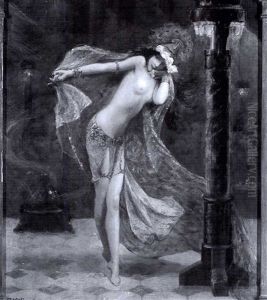
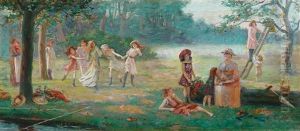
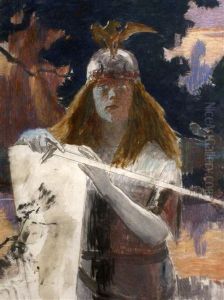
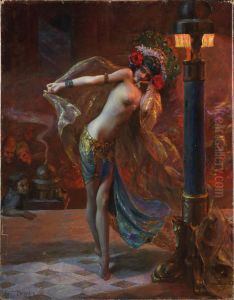
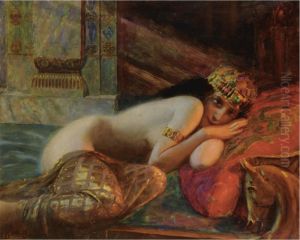
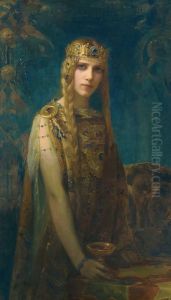
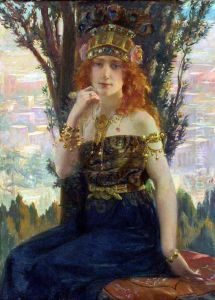
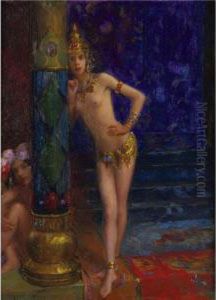

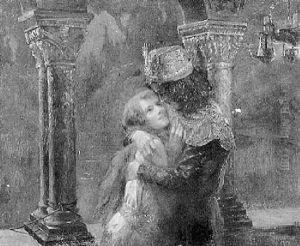
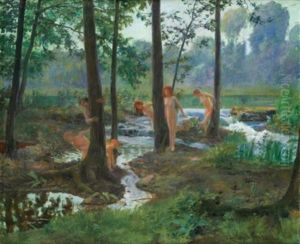
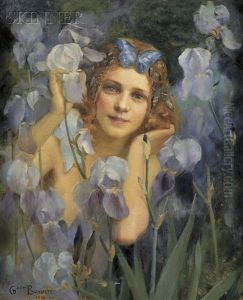
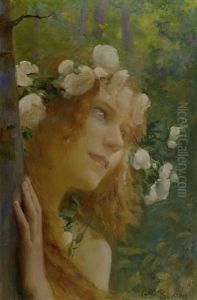
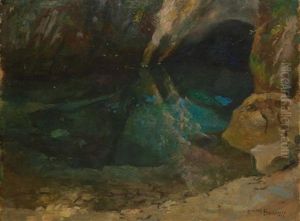
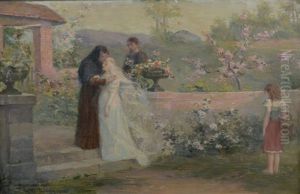
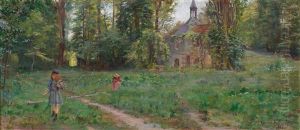
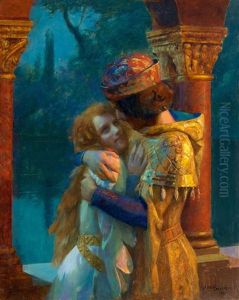
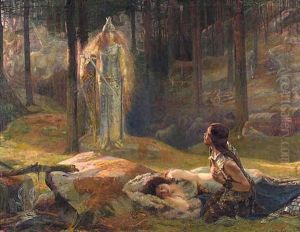
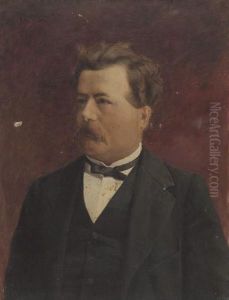
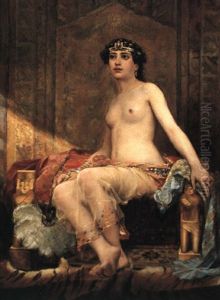
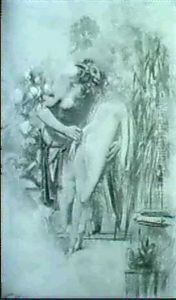
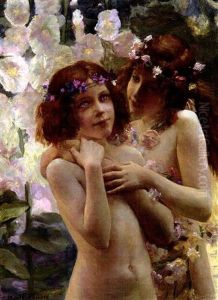
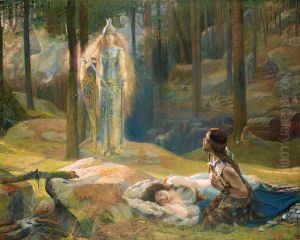
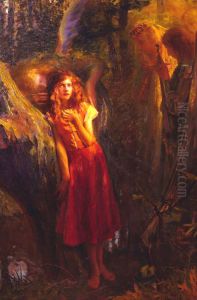
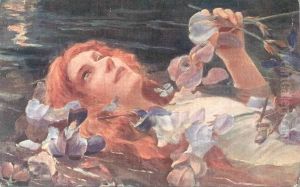
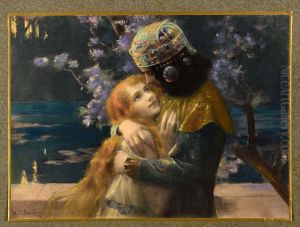
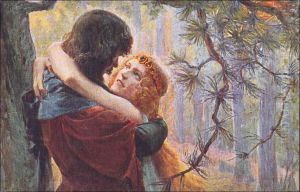
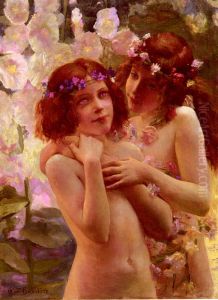
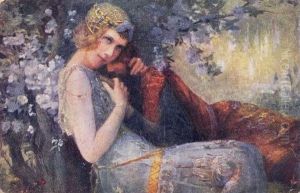
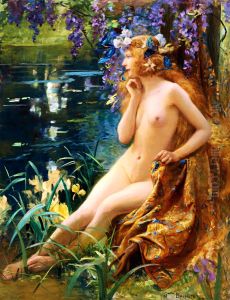
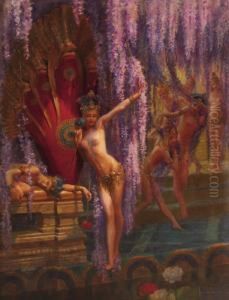
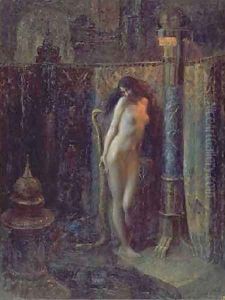
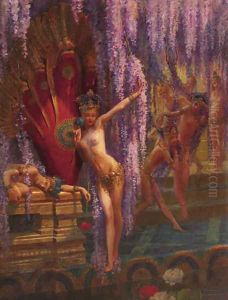
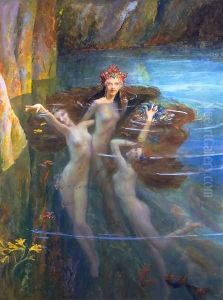
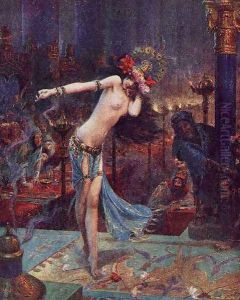
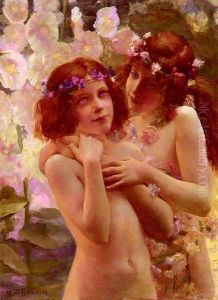
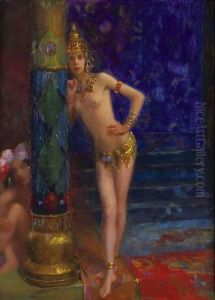
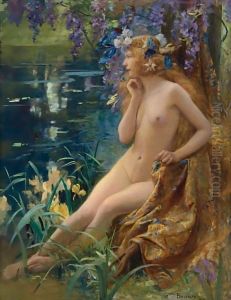
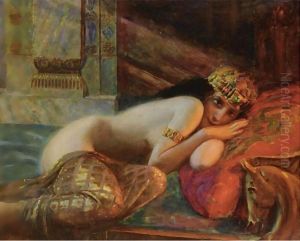
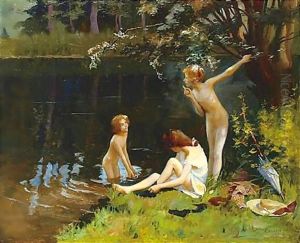
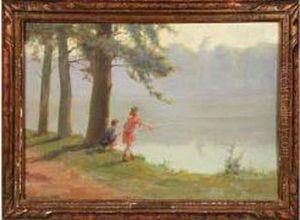
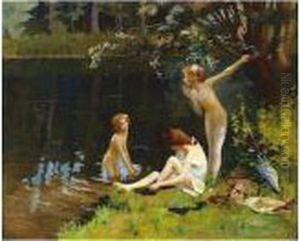
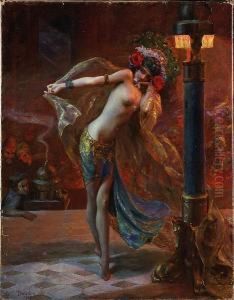
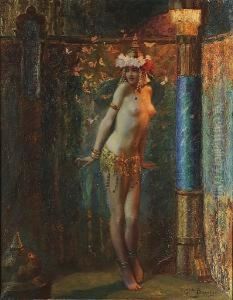
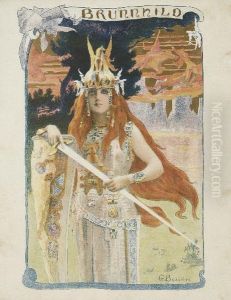
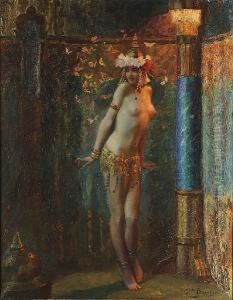
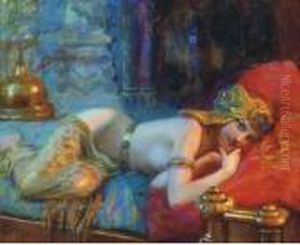
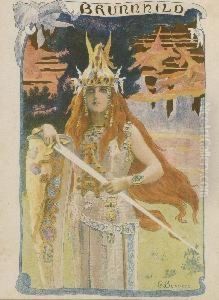
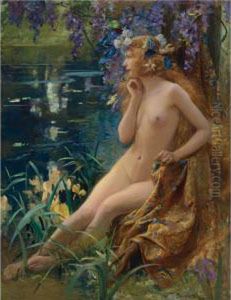
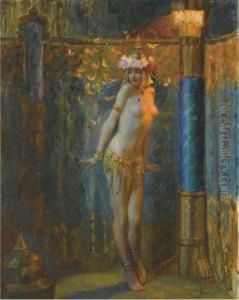
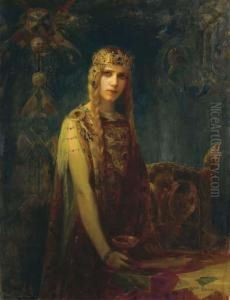
![Baigneuses [ ; Bathers ; Oil On Canvas Signed Lower Right]](https://www.niceartgallery.com/imgs/450651/s/gaston-bussiere-baigneuses-bathers-oil-on-canvas-signed-lower-right-40f96fde.jpg)
